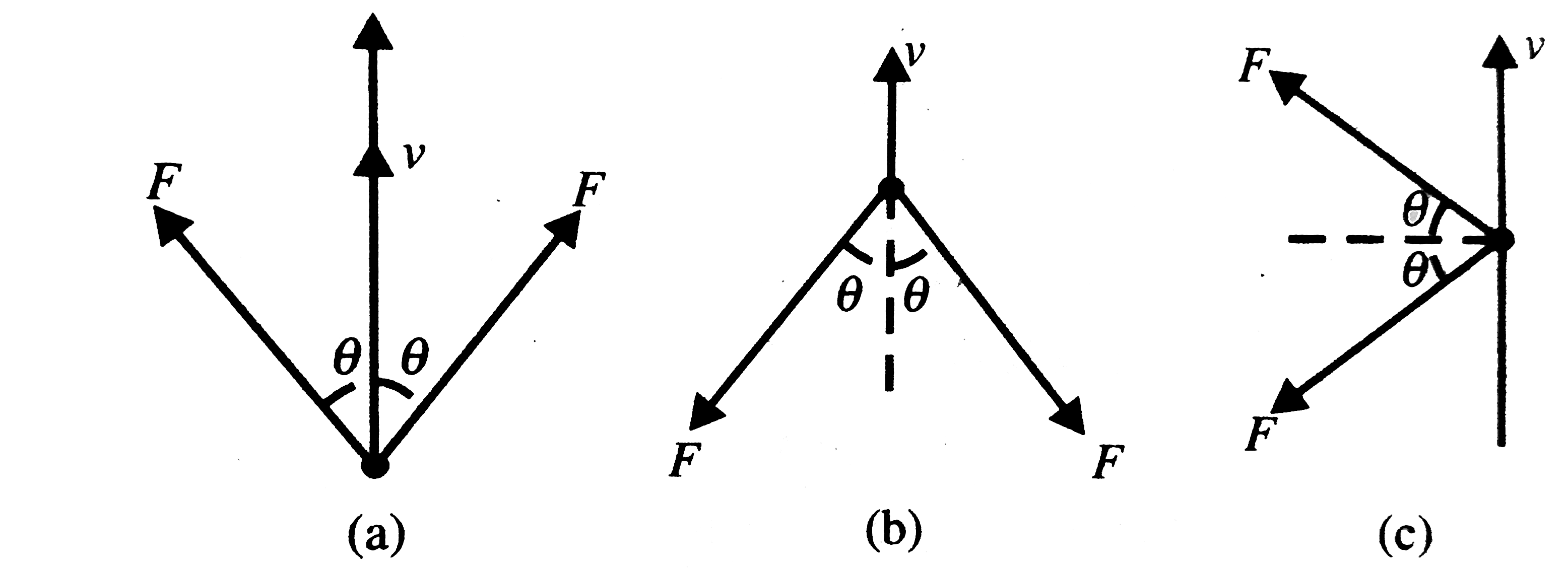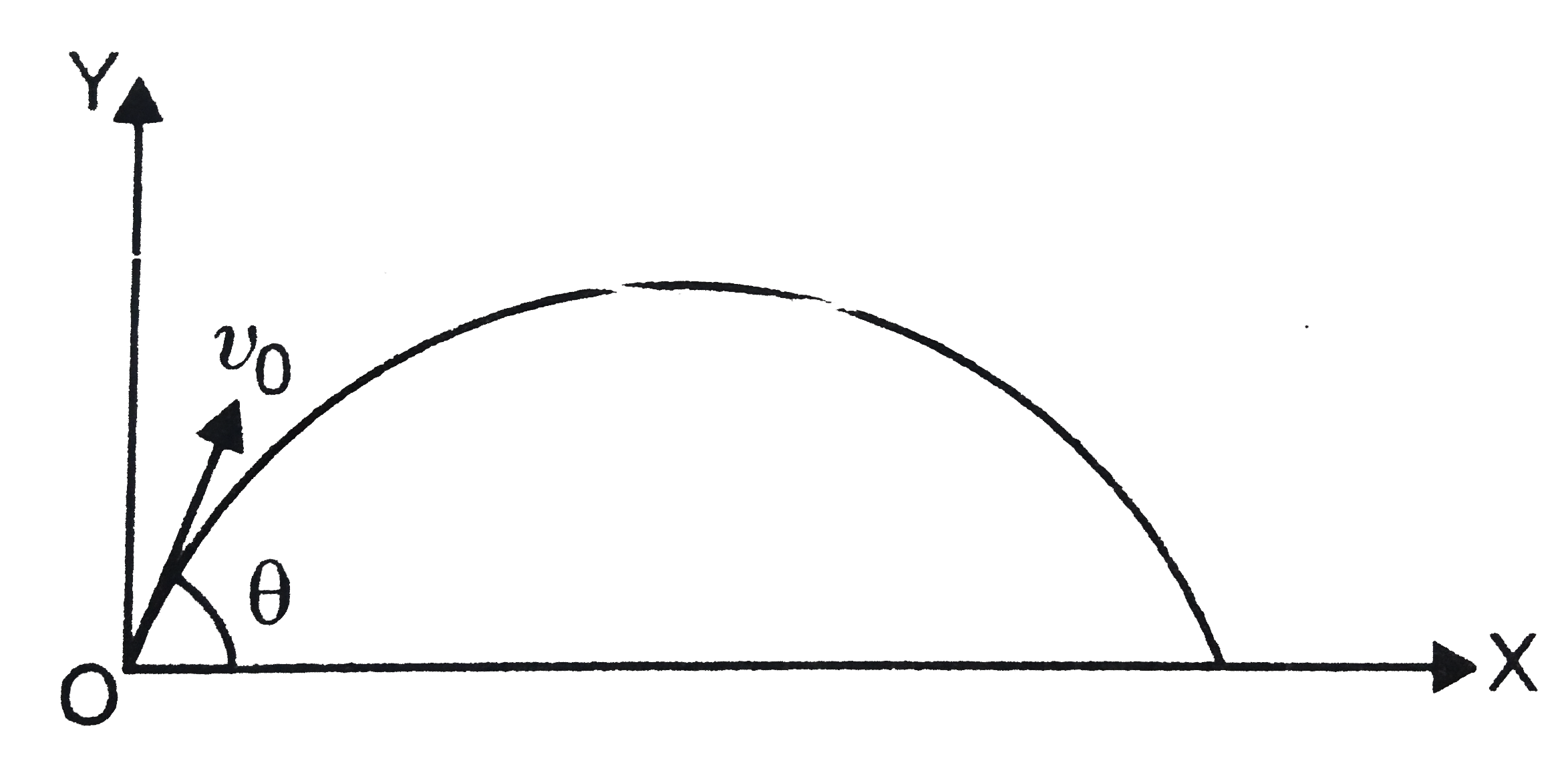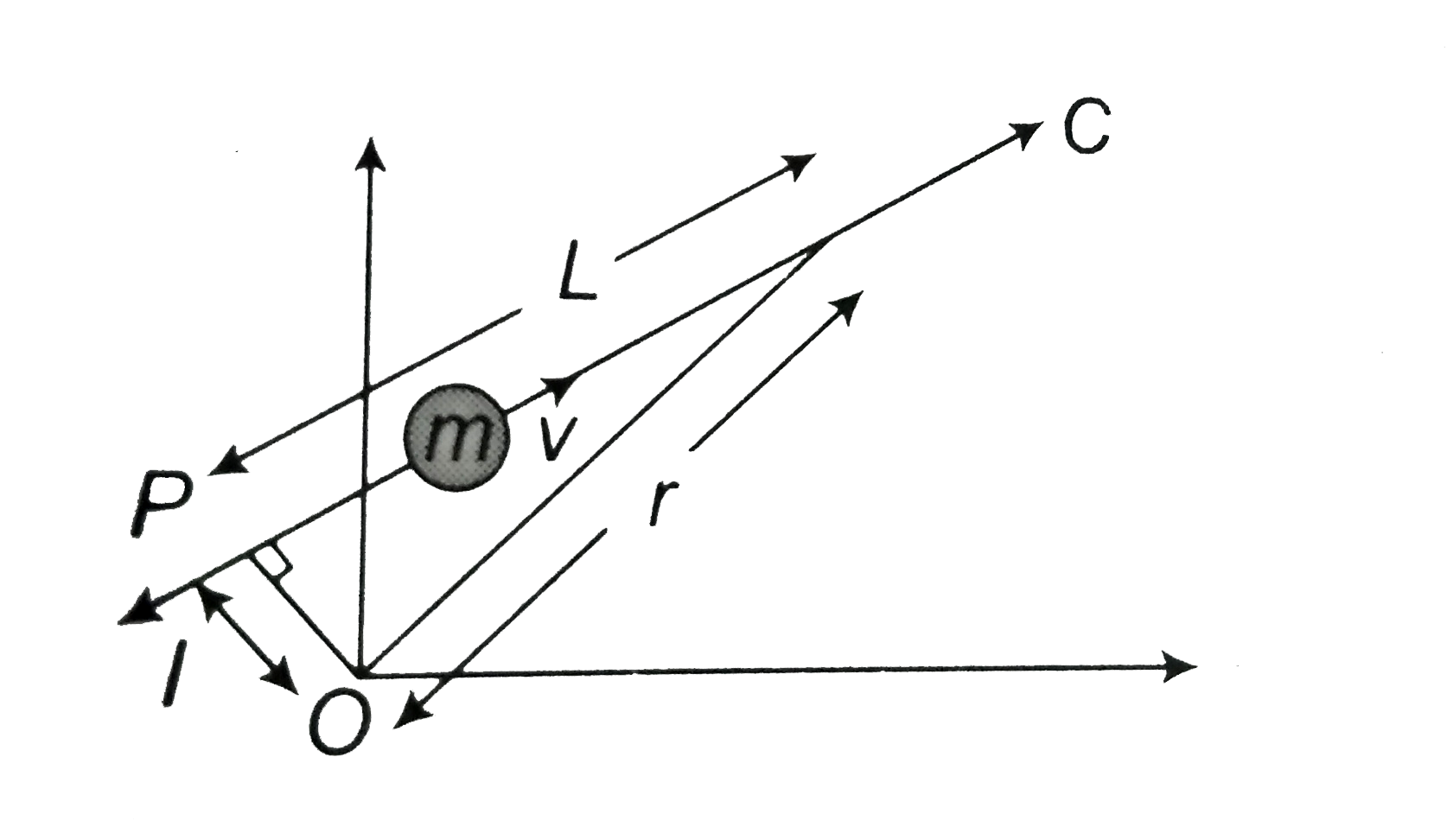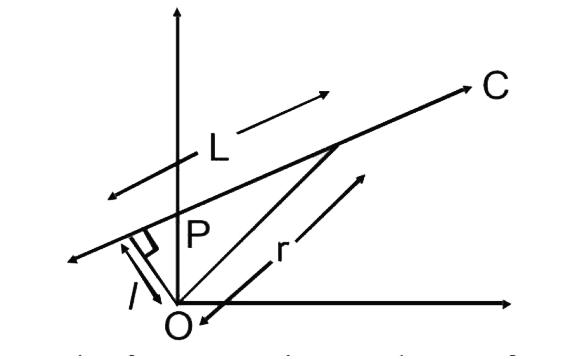A particle of mass m is acted on by two forces of equal magnitude F maintaining their orientation relative to the velocity v as shown in Fig. The momentum of the particle

increases in a
decreases in b
only the diretion changes in c
all are correct
The correct Answer is:D
a. Resultant force and velocity are parallel so velocity and momentum increases.
Rsultant force and velocity are antiparallel so velocity and momentum decrease.
c. F and v are perpenducal to each other. So ony direction of momentum change.
Topper's Solved these Questions
- BOOK - CENGAGE PHYSICSCHAPTER - CENTRE OF MASSEXERCISE - Multiple Correct25videos
CENTRE OF MASS
- BOOK - CENGAGE PHYSICSCHAPTER - CENTRE OF MASSEXERCISE - Assertion - Reasoning2videos
CENTRE OF MASS
- BOOK - CENGAGE PHYSICSCHAPTER - CENTRE OF MASSEXERCISE - Subjective23videos
CENTRE OF MASS
- BOOK - CENGAGE PHYSICSCHAPTER - CALORIMETRYEXERCISE - Solved Example13videos
CALORIMETRY
- BOOK - CENGAGE PHYSICSCHAPTER - DIMENSIONS & MEASUREMENTEXERCISE - Integer2videos
DIMENSIONS & MEASUREMENT
Similar Questions
A small particle of mass m is projected at an angle θ with x-axis with initial velocity υ0 in x-y plane as shown in Fig. Calculate the momentum of the particle
at t<υ0sinθg.
 View Solution
View SolutionA particle is acted upon by a force of constant magnitude, which is always perpendicular to the velocity of the particle. The motion of the particle takes place in a plane. It follows that
View Solution
Knowledge Check
- Question 1 - Select One
A particle of mass m moves along line PC with velocity v as shown. What is the angular momentum of the particle about O?
 AmvLBmvlCmvrDZero
AmvLBmvlCmvrDZero - Question 2 - Select One
A particle of mass m moves along line PC with velocity v as shown. What is the angular momentum of the particle about P?
 AmvLBmvICmvrDzero
AmvLBmvICmvrDzero - Question 3 - Select One
A particle of mass m moves along line PC with velocity v as shown. What is the angular momentum of the particle about O?
 AmvLBmvlCmvrDzero
AmvLBmvlCmvrDzero
A particle is acted upon by a force of constant magnitude which is always perpendicular to the velocity of the particle . The motion of the particle takes palace in a plane , it follow that
View SolutionA particle of mass m is acted upon by a force F=t2−kx . Initially , the particle is at rest at the origin. Then
View SolutionA particle is acted upon by a force of constant magnitude which is always perpendiculr to the velocity of the particle. The motion of the particle takes place in a plane. It follows that
View SolutionA particle is acted upon by a force of constant magnitude which is always perpendicular to the velocity of the particle. The motion of the particle takes place in a plane. It follows that
View SolutionA particle is acted upon by a force of constant magnitude which is always is perpendicular to the velocity of the particle , the motion of the particles takes place is a plane it follow that
View Solution

